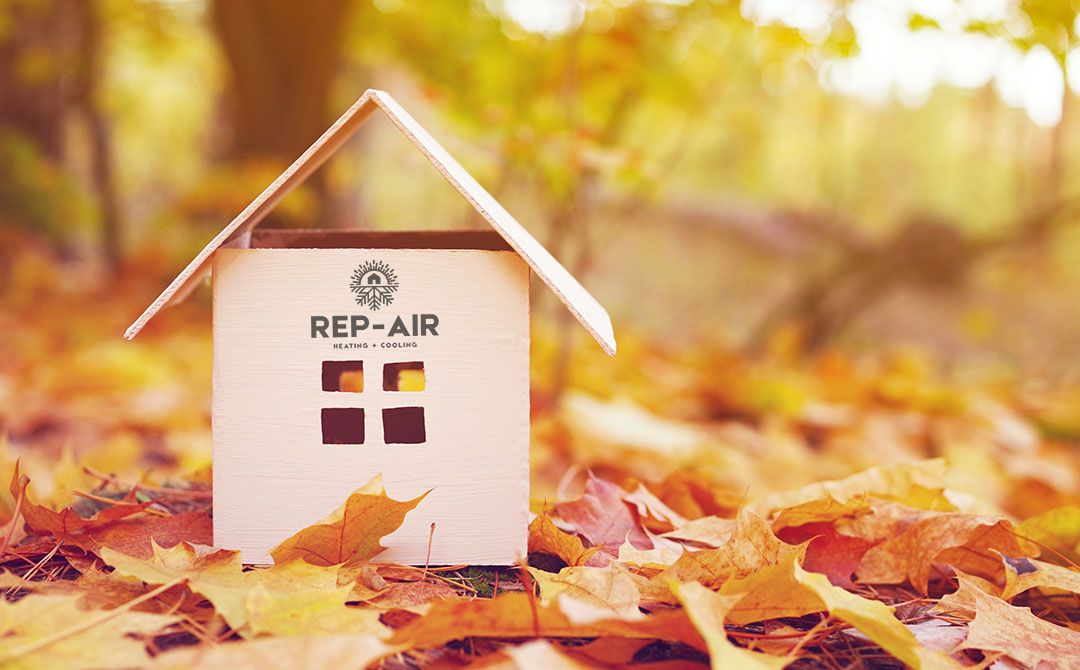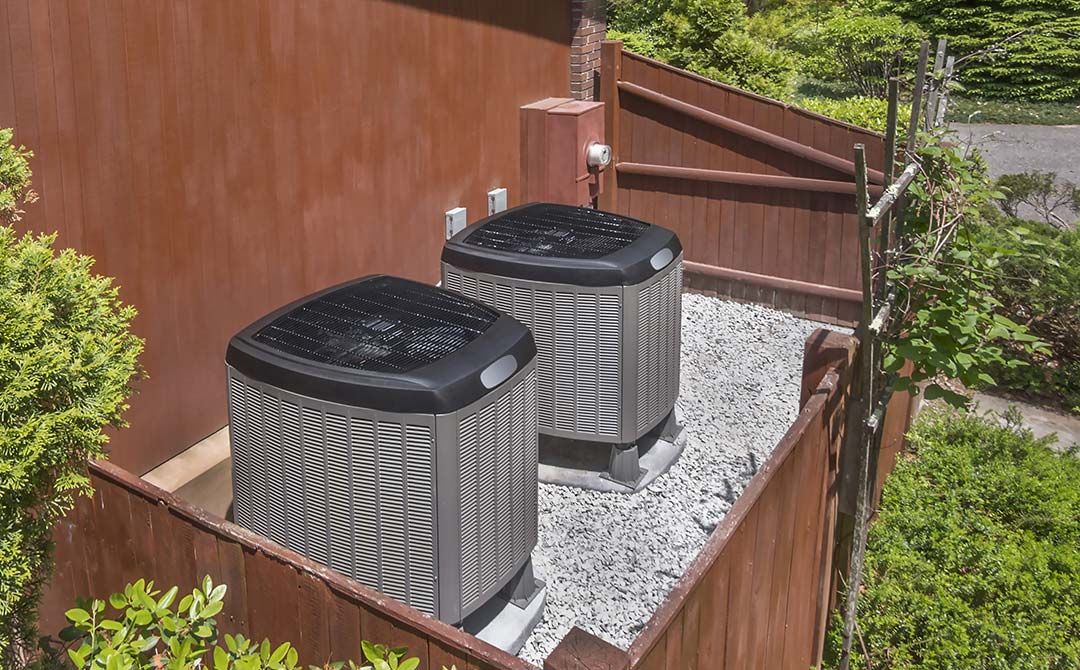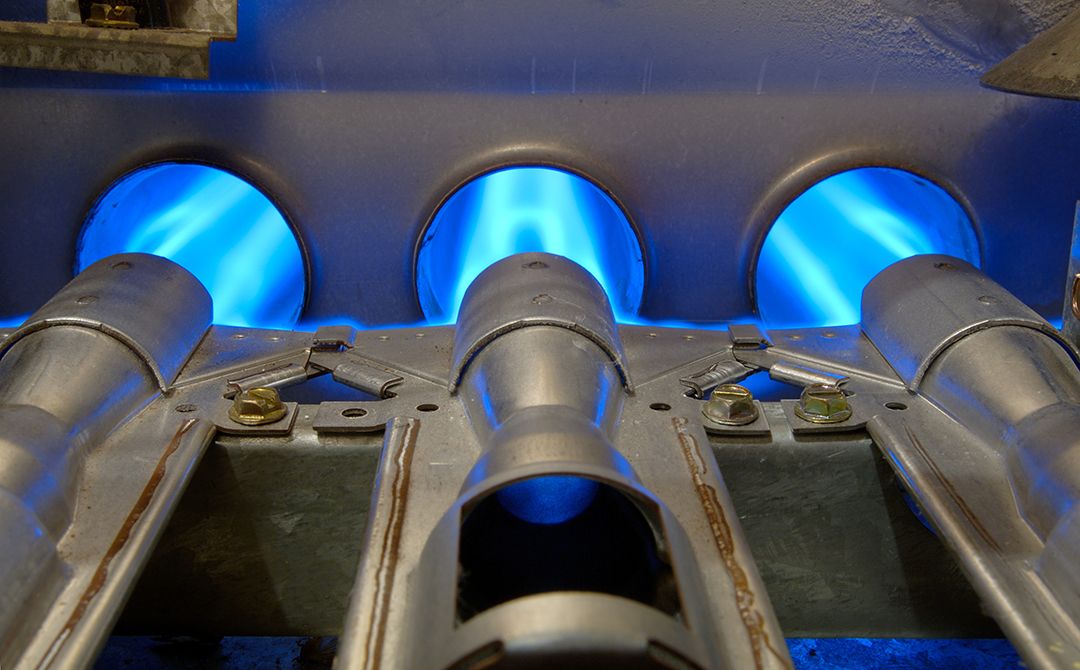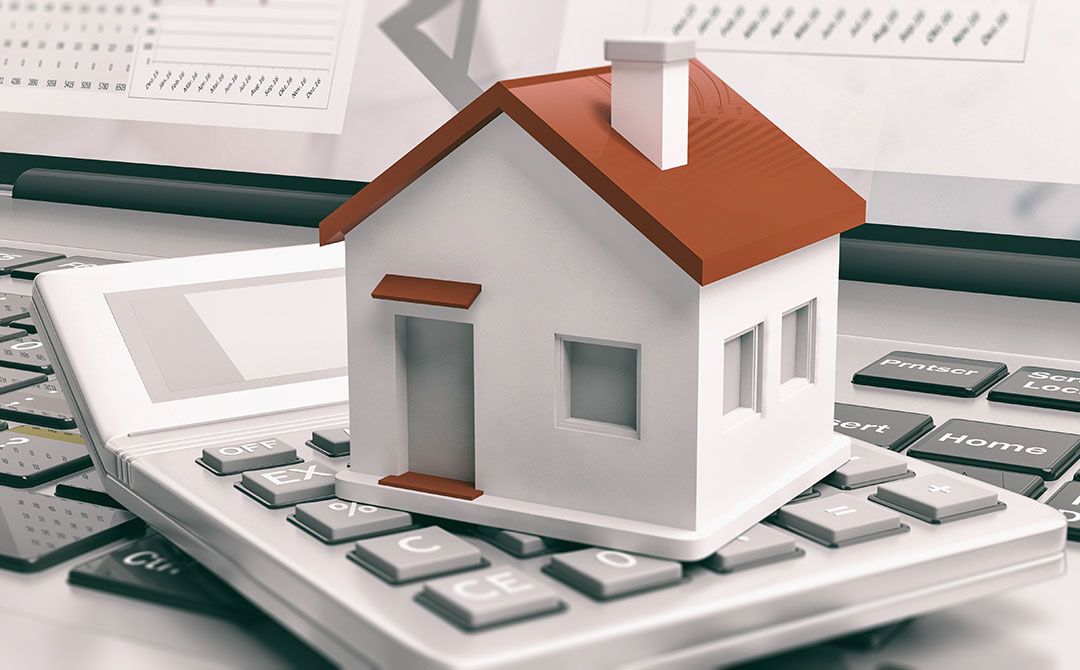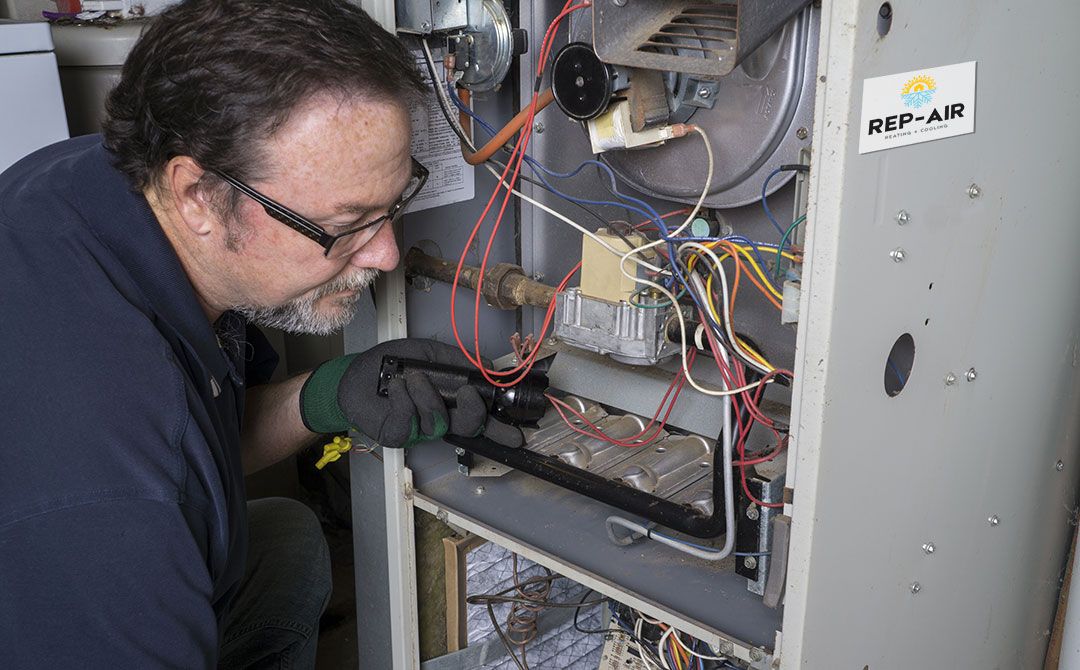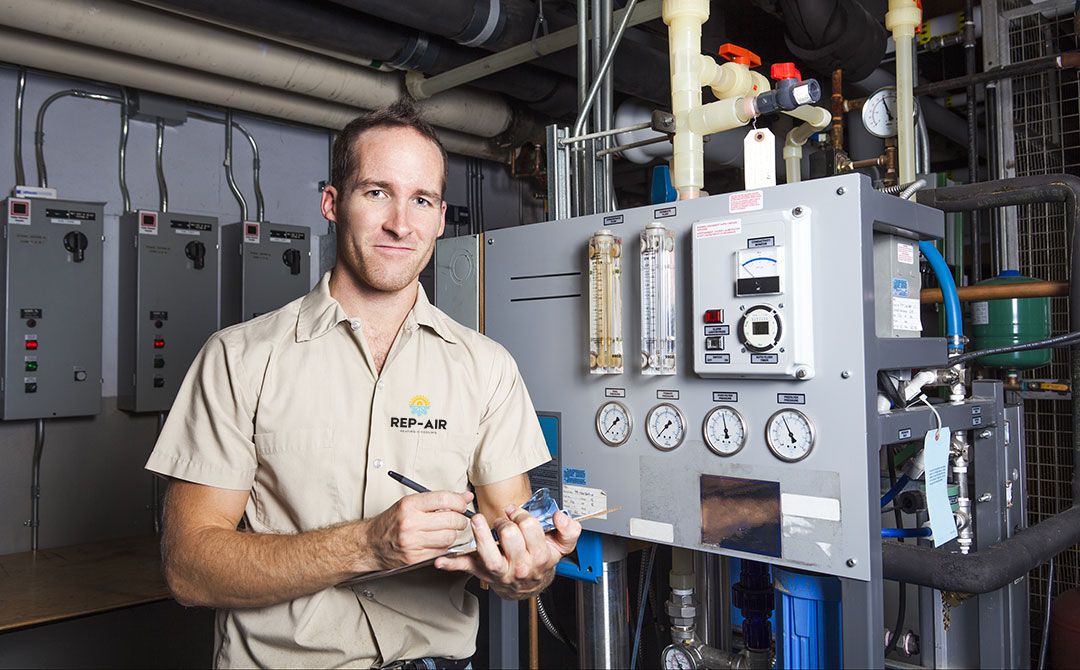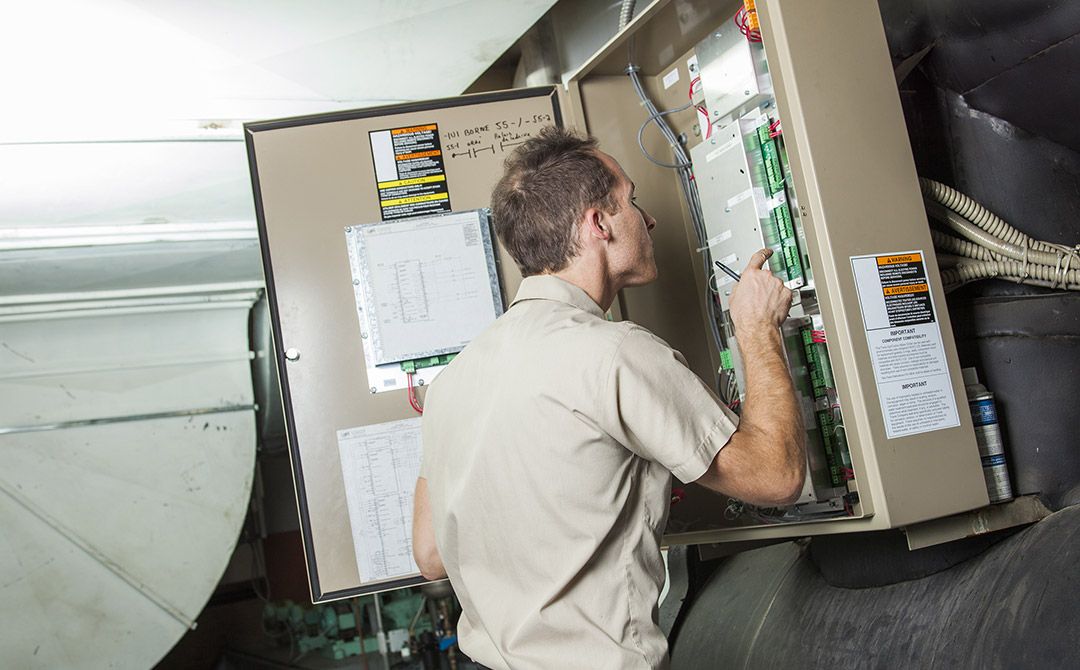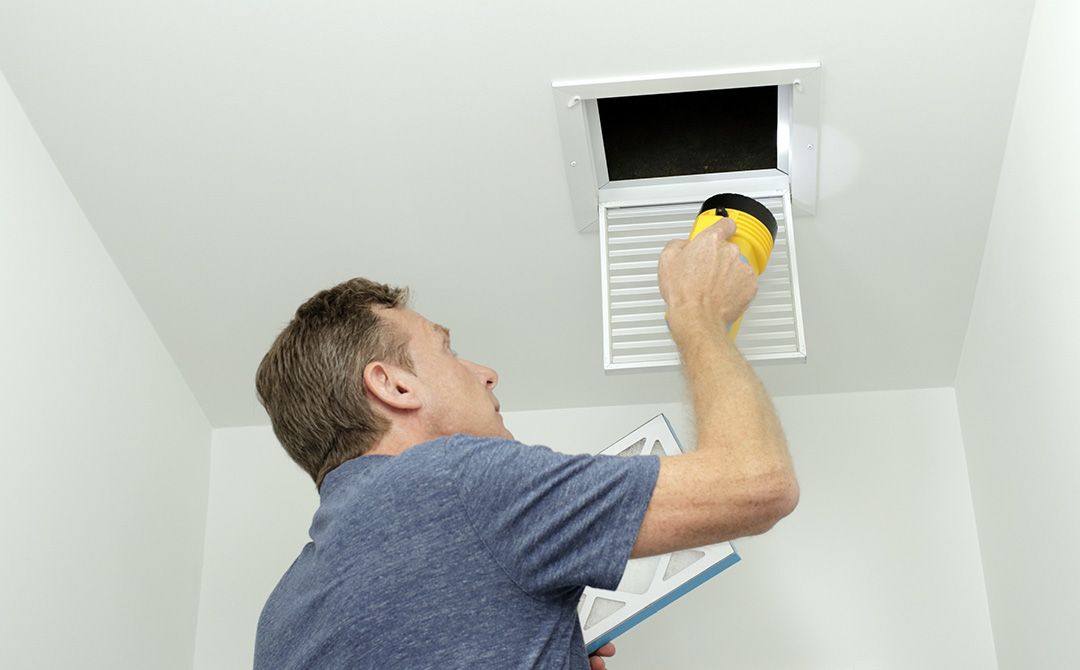How to Save Energy This Fall
Fall is a wonderful and even beautiful time of the year. The colours of the leaves are changing, the sun is bright but not scorching hot, and warm, comforting food can be made to make rainy days better. While it’s good to have a break from the summer heat, you need to remember that with fall comes a change in temperature, and in addition to that, a change is needed in the way we save energy.
Much like our summer tips on how to save energy, there are ways you can keep comfortable and warm without having to rely too much on your furnace (which can increase your energy bills). Here are our tips for you to stay warm during this cooler time of year.
Tip 1: Temperature
It’s recommended that you keep your thermostat either at or below 20 degrees Celsius (68 degrees Fahrenheit). When you’re not at home, i.e. you have to go to work or run errands, it’s recommended you turn back your thermostat by about 10 to 15 degrees; when you are at home, to set it as low as comfortably possible. That way, you can save 10 percent on your heating costs.
By setting the thermostat to the recommended 20 degrees, your furnace and other HVAC systems with have less work to do, thus both extending its lifespan and lowering your home’s energy consumption.
Tip 2: Vents
Vents throughout the home should never be covered up, whether it’s to heat up or cool down the rooms. Make sure there is no furniture such as couches or rugs laid on top of your ventilation sources. This will also help to make sure no dust bunnies or debris end up inside of your vents either, which can circulate throughout the heating system if you’re not too careful or you don’t clean the vents properly.
In addition, be sure to clean and vacuum around or near each ventilation opening surface. This will help keep dust bunnies, pet hair, and any other unwanted debris from entering the vents and contaminating the air quality.
Tip 3: Drafts
By drafts we absolutely mean there should be a lack of them in your house. If the heating is on and there’s still a draft, it’s likely coming from a hidden crack or crevice. These are also very difficult to detect if the A/C ran non-stop all summer long, and it could indicate that there are hidden leaks in your home. Before the temperatures really drop this fall, check all of the doors and windows in your home; a draft leaking through these will mean your heating will run non-stop too.
In the event you do find a draft, and it’s between the door and the floor, adding weather stripping to the bottom can help prevent excess heat from escaping. If it’s a window, use caulk. This, in turn, can prevent your heater from running and adding to your energy bills.
Tip 4: Sunshine
Sometimes the best way to get any heat into the home is through direct sunlight. It’s advisable to keep the blinds closed when it’s the summer season since the sun can heat up a room too fast too soon. However, the autumn sun is weaker than its summer counterpart, so the sunshine is actually beneficial rather than a hindrance to your comfort level. Once there’s been enough sunlight soaked up and it starts to get dark, close the blinds to withhold as much heat as you can.
Tip 5: Hot Water
Just like the temperature of the rooms themselves, you can save energy when it comes to hot water in fall too. One of the best ways to do so is to check on your hot water heater. If it’s been a while since you checked on it, maintenance may be needed; you can refer to our article on how to maintain your hot water heater.
If not, then you can do something very simple: change the temperature. It should be turned down from its hot setting to warm instead (48 degrees Celsius, or 120 degrees Fahrenheit). Not only will you save energy by doing this, you’ll also avoid scalding yourself.
Tip 6: Ceiling Fans
Did you know there’s a way to reverse the direction your ceiling fans are moving? It’s true, and it’s also very energy efficient. Switch the direction to clockwise once summer is over and you no longer need to cool down a room. This will help push warm air (which rises) back down, and it can help redistribute the warm air coming from your heating system too. This, in turn, can help prevent pockets of chilly air from settling into corners of the room. If you don’t have ceiling fans, it might be a good idea to get them installed (only for rooms you use the most often).
Tip 7: Your Furnace
Naturally fall is the time of the year when you’re most likely to want to switch on the furnace. Hold on before you do though! When was the last time you checked on it? If your answer is “A while,” then it’s time to change the filter in it before you do anything else. Afterwards, check on the rest of your furnace and if necessary schedule an appointment with your HVAC technician to double-check and ensure it’s in great working condition. The last thing you should want is to find out something is wrong!
Lastly, grab yourself a warm cup of coffee or tea and enjoy the autumn season knowing you’re saving both on energy and money this year!
If you need to schedule an appointment for tip seven, or need further advice from us on heating, let us know. At Rep-Air Heating And Cooling we provide our customers with many options that will best suit your needs from heating and cooling to refrigeration. Contact us today for your complimentary quote: 1-778-728-1476 or contact@repairheatingandcooling.com and don’t forget to take a look at our website: https://repairheatingandcooling.com. Follow us on Facebook and Instagram for free giveaways!


